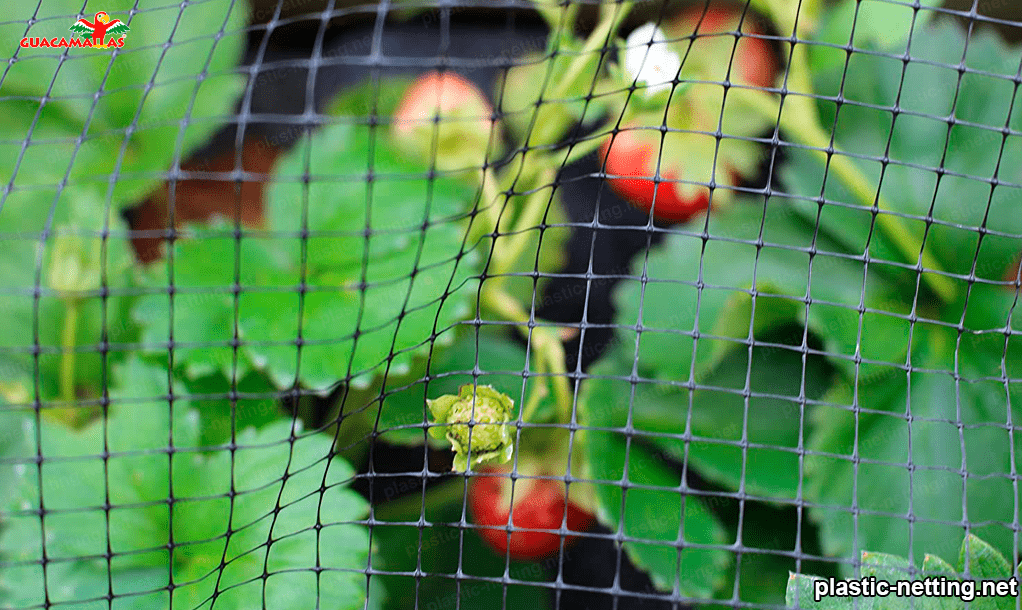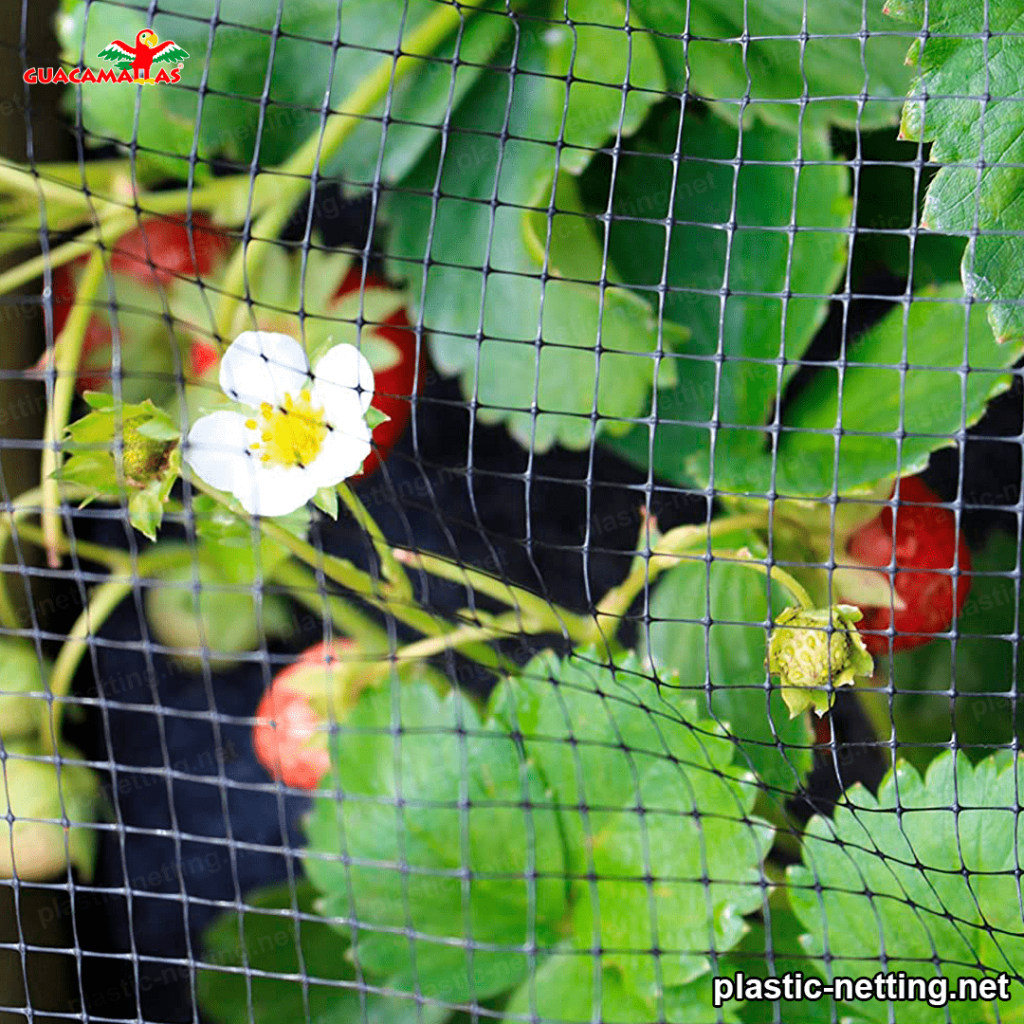Plastic netting is a versatile material used in horticulture. It is used in many areas such as crop support, pest control, wind protection, and water retention.
It is also used as a substrate for ground covers, as a barrier to animal and bird damage, and as a decorative feature. The most common use of plastic netting in horticulture is for crop support. It is used for trellises and supports for vines, tomatoes, and other vegetables. The netting is strong and sturdy, yet lightweight and easy to install. It can be secured to posts with nails, staples, or ties. Plastic netting is also used on greenhouses and growing tunnels to support and protect plants from wind, rain, and sun damage.
Pest control is another important use of plastic netting in horticulture. It is used to cover fruit trees and bushes to keep out birds, insects, and other pests. The is lightweight and can be easily installed and removed. It is also UV resistant and will not degrade in the sun. Wind protection is another use of plastic in horticulture. It is used to protect plants from strong winds. The netting is lightweight and can be easily installed and removed. It is also UV resistant and will not degrade in the sun.
Water retention is another use of plastic netting in horticulture. It can be used to create a physical barrier between water and soil, which helps to reduce water runoff and improve soil moisture retention. The netting is also used to create raised beds and containers to help retain water and nutrients. Ground covers are another use of plastic in horticulture. It is used to create a physical barrier between soil and other ground covers, such as grasses and mulches. This helps to reduce weeds and improve water absorption. It is also used to line pathways and walkways, creating a neat, uniform appearance.

Plastic netting is also used as a barrier to animal and bird damage in horticulture. It is used to cover crops to protect them from animals and birds.
The netting is lightweight and easy to install, and it is also UV resistant and will not degrade in the sun. Finally, plastic can be used as a decorative feature in horticulture. It can be used to create a backdrop for plants, or as a border around flower beds. It is also used to create a lattice-like pattern on walls and fences. The netting is lightweight and can be easily installed and removed. Overall, plastic is a versatile material used in horticulture for many different purposes, including crop support, pest control, wind protection, water retention, ground covers, animal and bird damage control, and decorative features. It is lightweight, easy to install and remove, and UV resistant. It is an essential material for any horticulture enthusiast.
Importance
Plastic netting is an important tool in horticulture, used for a variety of purposes. It can be used for protecting plants from predators, providing support for climbing plants, creating windbreaks and providing a physical barrier for contained gardens. One of the main uses of plastic netting in horticulture is for protection. Netting can be placed over vulnerable plants to protect them from predators, such as birds and insects, which may eat or damage them. For example, fruit trees can be covered in to protect the fruit from birds. Netting can also be used to protect vegetables and flowers from insect pests. It can help keep out large pests, such as rabbits and deer, and can be used to protect plants from extreme weather conditions.

Plastic netting can also be used to provide support for climbing plants, such as vines and creepers.
It can be used to create a structure for the plants to climb up and to keep them in place. The netting can be attached to poles or trellises, or it can be hung from a wall or fence. The netting also helps to keep the plants off the ground and away from pests. Another use for plastic netting in horticulture is to create windbreaks. Windbreaks can be used to protect plants from strong winds, which can damage them. The netting can be used to create a barrier between the plants and the wind, reducing the impact of the wind and protecting the plants.
This is especially useful for protecting delicate plants, such as seedlings. Plastic netting can also be used to create a physical barrier for contained gardens. It can be used to contain soil, rocks, mulch and other materials used in gardening. The netting can also be used to contain animals, such as chickens and rabbits, or to keep animals out of an area. In summary, plastic netting is an important tool in horticulture and can be used for a variety of purposes, including protection, support, windbreaks and containment. It can help protect plants from pests and weather, and can provide a physical barrier to keep animals and materials in or out of an area. As such, plastic netting is a valuable tool for any gardener.
